People involved in breeding chickens often underestimate the importance of proper lighting in the poultry house. But skillfully selected regimes of light and darkness significantly affect the quality of life of animals, their good development and egg production.
The role of lighting in the chicken coop
The light in the chicken coop is an important component of the growth of birds, their comfortable life and physiological development. A competently constructed illumination system allows to achieve high productivity of cultivation and, as a result, significant economic benefits. From a conscientiously planned and properly designed lighting program, such indicators depend:
- the number of eggs of the eggs, their size, weight and density of the shell;
- effective regime of growth and development of chickens;
- chickens survival;
- the rate of puberty of the bird;
- the duration of the egg production period;
- the amount of feed consumed and its absorbability;
- fertilization of eggs;
- probability of injury among individuals;
- efficiency energy consumption.
What do you need to know when planning the chicken coop lighting system?
In order to make your birds feel comfortable, weakly gained weight and often rushed, you need to know a few moments about the light in the chicken coop:
- The eye of the chicken is designed in such a way that at dusk it is extremely poorly sees. Therefore, in the evening, when the birds begin to occupy a displacement for overnight, do not disconnect all the lamps immediately. The main light can be repaid, leaving one or more, depending on the area of \u200b\u200bthe chicken coop, spare sources. When all animals are ready for sleep, you should turn off the remaining light bulbs.
- The lighting intensity is one of the main factors in the breeding of the bird. Recently hatched chickens need light, not less than 30-40 LC brightness. As they will add in growth and weight, about the third week of the life of individuals, the intensity of burning lamps can be gradually reduced to 5-7 LCs. And leave it until the very end of growth. The adult bird is best to provide a light in 10 Luke., But if you grow a family with a rooster, ensure the brightness of 15 LC brightness.
- If the inhabitants of the poulthide behave too aggressively or strongly pluck each other feathers, a slightly reduced light intensity will help to cope with this problem.
- By creating a chicken coop and planning the lighting system, be sure to leave a small brightness stock, because over time the lighting devices can be covered with dust layer.
- The sharp turning on and off lamps causes birds to be frightened, so the lighting system should provide smooth transitions from light to darkness and vice versa. This rule is particularly relevant for those breeds that are bred to produce eggs.
- Permanent light in the chicken coop is also harmful to its inhabitants, so since the third day of the life of the chickens should be accepted to the dark. If this is not done, in the case of a sudden turning off the electricity, the chickens can flood each other in a panic.
- The duration of the daylight has a direct impact on the rate of puberty of the bird. Experience shows that 10-14 hours of continuous daily lighting speeds up the ripening period of chicken.
Basic characteristics of lamps for chicken
Planning the chicken coop and choosing lighting devices for it, you need to know what characteristics must have suitable lamps.
- For lighting the poultry house, fluorescent lamps with a capacity of 40-50 W were perfect. Their amount depends on the area of \u200b\u200bthe chicken coop. The calculation is carried out with regard to the fact that every 6 m² the premises should be covered with one device by 60 W.
- There should be approximately 2 m between the light source and the surface on which the birds are moving between individual light bulbs should be the same, so that the chicken coop is uniformly.
- Very often in the system of lighting the poultry house, fluorescent lamps are used, having a pulsating flicker effect. In order to be not perceived by the eyes of birds and did not affect the vision, you need to choose instruments with a pulsation frequency of at least 26000 Hz.
- Intensive flickering and too bright light can cause the chickens to avoid places located directly under the lamps, while using these areas for feces. In winter, due to the large moisture and low temperature in the chicken coop, such places can be sources of ammonia.
- Choosing a lamp color, consider some points:
- blue light acts on a bird soothingly;
- red reduces the amount of eggs of the eggs, but prevents the harsh of the feathers;
- orange color increases the ability to reproduce;
- green improves young growth intensity.
- Recently, sodium lamps have become very popular. Often they consist of two lighting devices of 50 and 70 W, having one common cartridge. Sodium lamps do not create a pulsating effect and can be included together or separately. The advantages of such a lighting system are as follows:
- in brightness, it is not inferior to all other light sources;
- rays extend evenly throughout the city, reducing the number of shaded places;
- the opportunities are created to better control the behavior of chickens.
- Among the poultry farms there is a practice of using lampshades - it helps to send rays to the floor. In addition, the installation of thick plafones helps protect the lamps from damage in the case of their bumps.
- The mounted light mode must be constant. Its breakdown for any reason can be fraught with a decrease in the number of eggs of the eggs or untimely linen chickens.
- The air of the poultry house, as a rule, has high humidity. In this regard, it is impossible to make the wiring of wires directly inside the chicken coop, as it can lead to a short circuit. All elements of the wiring, including sockets and switches, are better to endure the room in a separate moisture-proof shield.
Lighting in chicken coop in winter
Reducing the duration of natural lighting in the autumn and winter months leads to the fact that all the processes in the organism are slowed down, their egg production is worse. A artificial increase in the daytime day will help to correct the situation with electric lamps. Excluding the lighting time of the chicken coop to 12-13 hours daily, you can increase the pace of laying of eggs by 30%.
The gradual support of the poultry house is beginning with an additional light, as a rule, from mid-November, after the birds finally end the molting period. For this, approximately at 6 am Every day in the chicken coop of the lamp with a capacity of up to 60 W, and with the arrival of dawn it is quenched. After the onset of twilight and until 8 o'clock in the evening do the same. To ensure a smooth transition from light to the dark, several lamps are used, included and turned off alternately.
You can see the most beautiful and original chickenurs in the photo on the Internet. Here is one example:

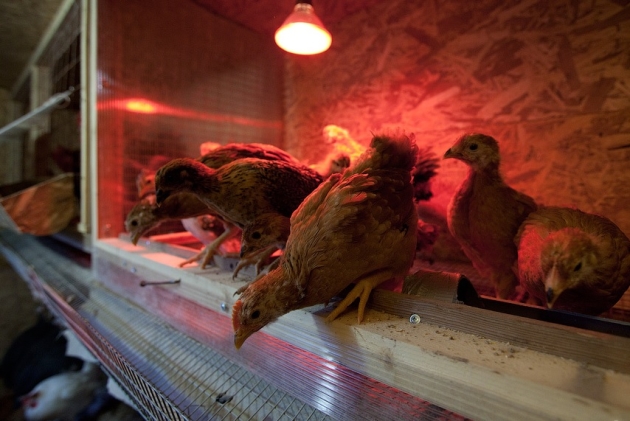
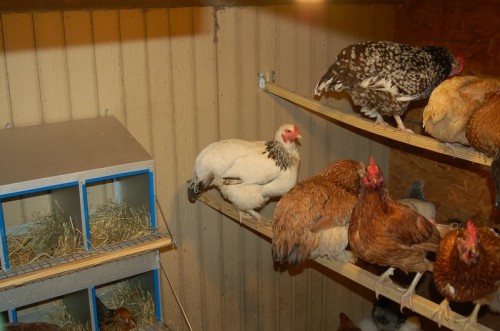
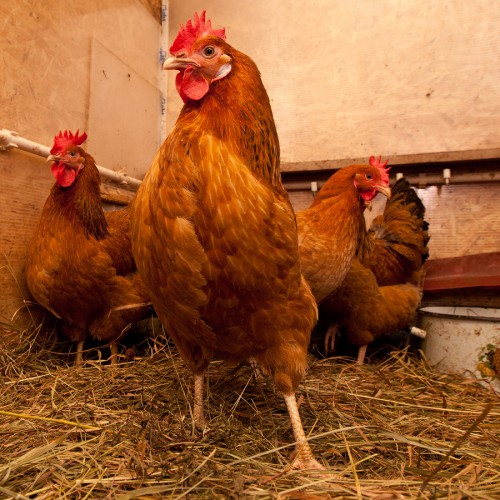
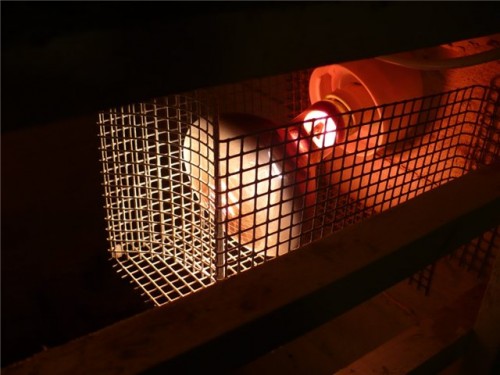
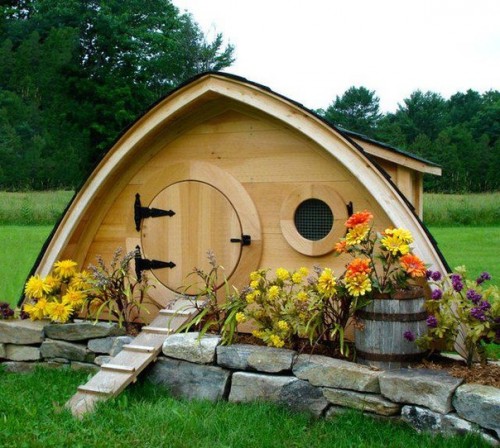


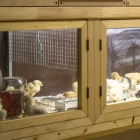
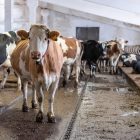
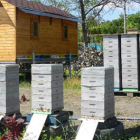
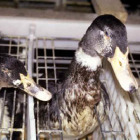


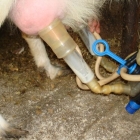
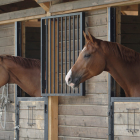
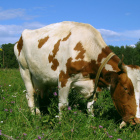
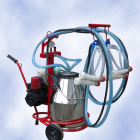
 Start a discussion ...
Start a discussion ...